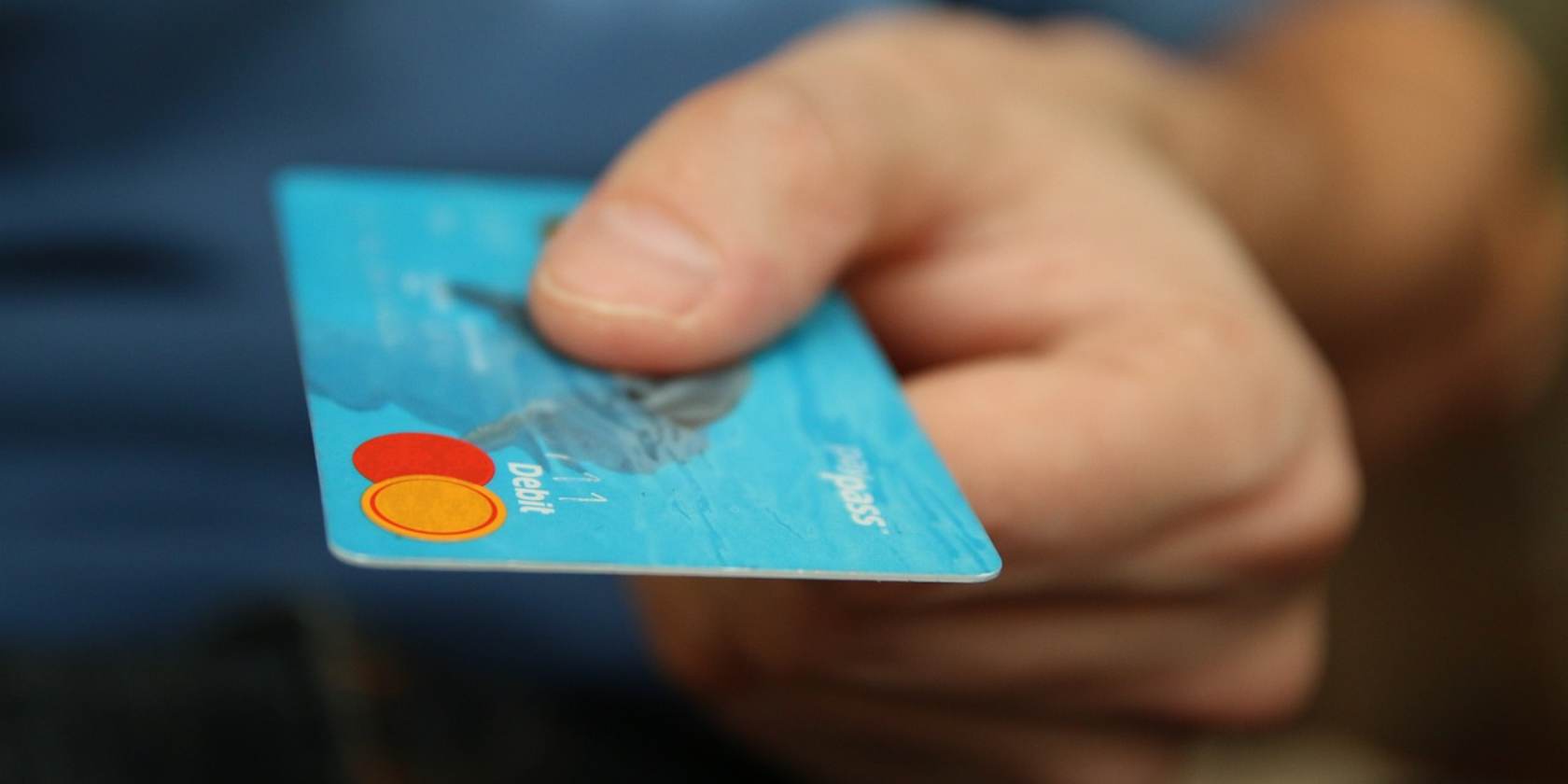If you’ve ever skimmed through your bank statement and come across the mysterious acronym “BGC,” you’re in the right place.
In this article, we’ll unravel the meaning behind those letters and shed light on what the BGC charges on your bank statement truly stands for.
What Is the BGC Charge?
“BGC” stands for “Bank Giro Credit,” a cornerstone of the banking system that facilitates payments and money transfers. This system has a rich history, dating back to the early 20th century in the UK.
The essence of the BGC charge lies in its function as a directive for funds to move from one account to another.
Imagine you receive a bill for your utilities or other services. At the bottom of the bill, you might find a pre-printed form known as the Bank Giro Credit form.

This unassuming piece of paper holds the key to a well-structured payment method. Unlike traditional forms of payment like cash, cheques, or Direct Debits, the BGC form isn’t a standalone mode of payment. Instead, it serves as an instruction manual, guiding your funds to their intended destination.
When you fill out the BGC form and submit it to your bank along with cash or a cheque, the bank uses the details provided on the form to transfer the designated amount to the intended service provider or organization.
This streamlined process ensures that your payments are accurate, efficient, and securely directed to the appropriate recipient. In essence, the BGC charge signifies the successful execution of this payment method within the Bank Giro Credit system.
How Does the BGC Charge Appear on Bank Statements
When it comes to understanding how the BGC charge appears on your bank statement, it’s essential to decipher the specific entries that reflect these transactions.
On your statement, you might come across various entries that signify different financial activities. Let’s take a look at these entries in a concise bulleted list:
- BGC Payment: Gas and Electricity Bill
- BGC Payment: Credit Card Bill
- BGC Payment: Council Tax Statement
- BGC Transfer: Cash Payment alongside BGC Form
- BGC Transfer: Cheque Payment alongside BGC Form
- BGC Transfer: Payment to Personal Bank Account using BGC Form
Each of these entries represents a unique transaction made through the Bank Giro Credit system. By identifying these entries on your bank statement, you can gain a clearer understanding of the specific instances where the BGC charge has been applied.
This clarity enables you to maintain a comprehensive record of your financial activities and track your expenditures with precision.
For insights into financial transactions involving cryptocurrency, uncover the meaning of CRO on your bank statement.
How to Prevent Unauthorized BGC Charges
In a world where financial security is paramount, taking steps to prevent unauthorized BGC charges ensures your hard-earned money stays where it should – with you.
Understanding the potential risks and implementing protective measures is a smart move that safeguards your financial well-being.
1. Regularly Review Your Bank Statements
Vigilance is your first line of defense. Regularly reviewing your bank statements empowers you to detect any unfamiliar BGC charges promptly. Scrutinize each transaction entry, ensuring they align with your legitimate financial activities.
If you spot any discrepancy, take swift action to address it with your bank.
2. Secure Your Personal Information
Shielding your personal information is crucial. Treat your BGC forms, account details, and financial documents as sensitive assets.
Avoid sharing such information through unsecured channels, and be cautious when disclosing it online. By limiting access to your confidential data, you reduce the risk of unauthorized transactions.
3. Set Up Account Alerts
Leverage technology to your advantage. Many banks offer account alert services that notify you of any significant activity on your account, including BGC transactions.
By configuring these alerts, you gain real-time insight into your financial movements, allowing you to detect and address unauthorized charges promptly.
4. Enable Two-Factor Authentication
Adding an extra layer of security can make all the difference. Enabling two-factor authentication for your online banking enhances the protection of your account.
Even if someone gains access to your credentials, they’ll face an additional hurdle before making unauthorized transactions.
5. Keep Your Devices Secure

Your digital devices hold a wealth of information. Ensure they’re protected with strong, unique passwords and up-to-date security software.
Avoid using public networks for sensitive financial transactions, as these can be vulnerable to cyber threats.
6. Act Swiftly on Suspicious Activity
If you suspect unauthorized BGC charges or any irregularities, don’t hesitate. Contact your bank immediately and report the issue.
Banks have protocols in place to investigate and resolve such matters, ensuring your financial security remains intact.
If you’re curious about a recent transaction, explore the explanation behind Chegg order on your bank statement.
Understanding Unknown BGC Bank Charges
In essence, understanding “BGC” on your bank statement grants you insight into a method that’s been shaping financial transactions for decades. As you uncover, recognize, and take preventative steps, you’re asserting control over your financial path.
So, the next time you come across “BGC” on your statement, remember that it’s a part of the intricate tapestry of financial circulation, guiding your funds with precision.
To understand more about the entry, delve into the details of Cardtronics on your bank statement.
